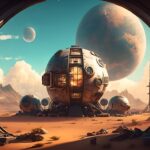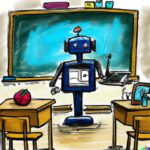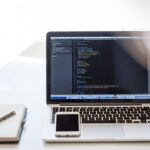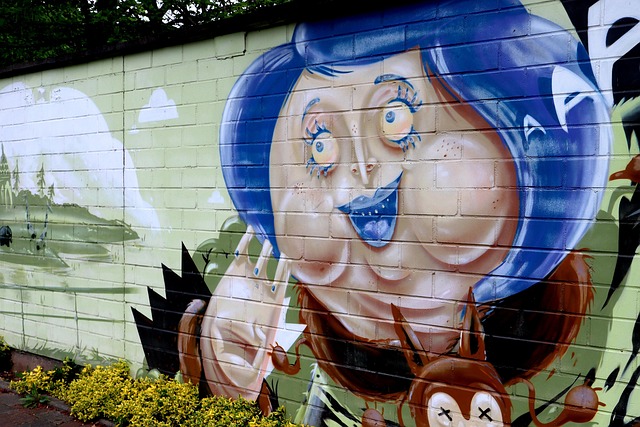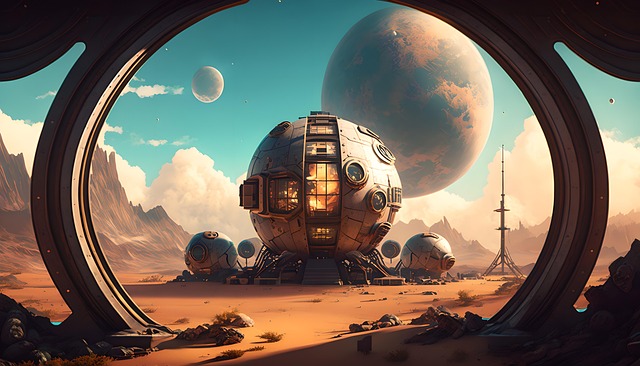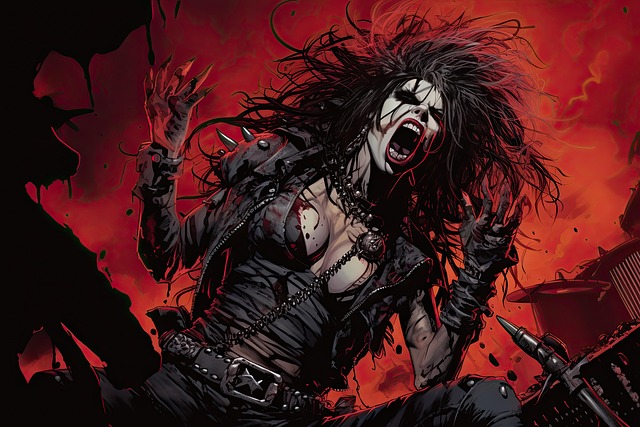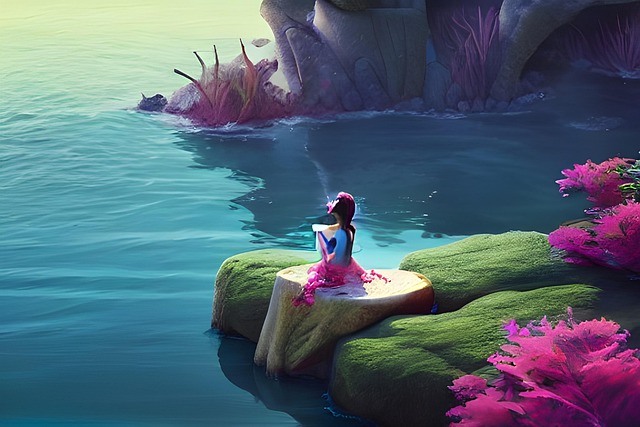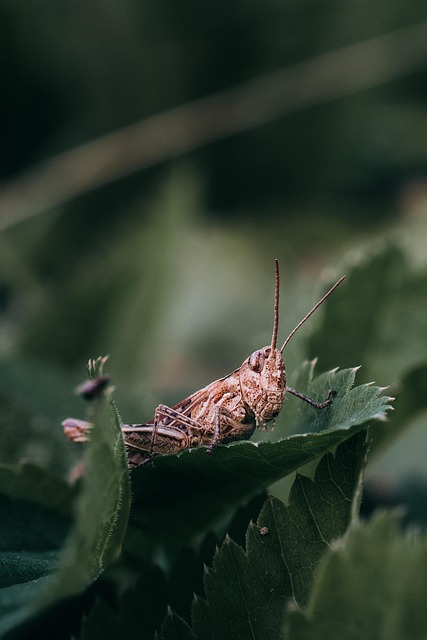# The Evolution of AI Art: Exploring New Dimensions in Digital Creation and Expression
The intersection of artificial intelligence and art has increasingly garnered attention over the past decade, leading to a profound transformation in how creativity is understood and expressed. As technology advances, artists, technologists, and audiences alike are beginning to explore the vast possibilities that AI presents for artistic expression. This article delves into the evolution of AI art, highlighting its historical context, current trends, and future implications for the creative landscape.
## Historical Context: The Birth of AI in Art
To comprehend the current state of AI art, it is essential to look back at its origins. The concept of machines creating art can be traced to the mid-20th century when computer scientists began experimenting with algorithms capable of generating visual forms. Pioneering figures such as Harold Cohen developed AARON, a computer program designed to produce original artwork autonomously. This early endeavor laid the groundwork for future explorations into machine-generated creativity.
In the decades that followed, artists began to embrace technology as a tool for artistic expression. The advent of digital art in the 1980s and 1990s saw a surge in the use of computers to create, manipulate, and distribute art. As software became more sophisticated, artists began to experiment with generative art, where algorithms and randomness played a crucial role in the creation process. This period marked a significant shift in artistic practices, as the boundaries between artist and machine began to blur.
Fast forward to the 2010s, when deep learning and neural networks revolutionized the field of AI art. With the introduction of Generative Adversarial Networks (GANs), artists and technologists could create intricate and visually stunning pieces that were previously unimaginable. These advancements not only democratized art creation but also sparked debates about authorship, originality, and the very definition of art itself.
## Current Trends: AI as a Collaborative Partner
Presently, AI is not merely a tool but a collaborative partner in the artistic process. Artists are increasingly leveraging AI algorithms to enhance their creative workflows, pushing the boundaries of traditional art forms. For instance, programs like DALL-E and Midjourney allow users to input textual descriptions, generating images that reflect those prompts. This capability has opened up new avenues for conceptual art, where the idea takes precedence over the medium.
Moreover, the rise of AI-generated art has led to the emergence of entirely new genres. Style transfer, for example, enables artists to apply the visual characteristics of one artwork to another, creating hybrid pieces that blend different influences. This technique has been popularized by applications such as Prisma and DeepArt, allowing users to transform their photographs into works reminiscent of famous painters like Van Gogh or Picasso.
The art world has responded with both enthusiasm and skepticism. While some embrace the potential of AI to inspire and innovate, others question the authenticity of machine-generated works. Exhibitions featuring AI art have proliferated, with notable institutions like the Museum of Modern Art and the Barbican showcasing AI-generated pieces alongside traditional artworks. Such exhibitions challenge viewers to reconsider their preconceived notions of creativity and the role of the artist in the digital age.
## Future Implications: Redefining Creativity and Authorship
As AI continues to evolve, its implications for creativity and authorship become increasingly complex. The question of who owns an artwork created by an AI system remains a contentious issue. Traditional copyright laws may struggle to accommodate works produced by algorithms, leading to calls for new legal frameworks that recognize the unique nature of AI-generated art. Artists, technologists, and legal experts will need to collaborate to navigate these uncharted waters.
Additionally, the potential for AI to democratize art creation raises important ethical considerations. By lowering the barriers to entry, AI tools can empower individuals who may not have had access to traditional artistic training. However, this democratization also risks flooding the market with derivative works, potentially devaluing the unique contributions of human artists. The challenge lies in finding a balance between accessibility and the preservation of artistic integrity.
Looking ahead, the integration of AI in art is likely to lead to even more innovative forms of expression. As machine learning models become increasingly sophisticated, they may not only assist artists but also inspire entirely new artistic movements. Imagine a future where AI collaborates with human artists in real-time, generating immersive experiences that combine visual art, music, and interactive elements. Such possibilities invite us to envision a creative landscape that transcends current limitations.
## Conclusion: Embracing the Future of AI Art
The evolution of AI art underscores the transformative potential of technology in the creative realm. From its early beginnings to its current status as a collaborative partner, AI has reshaped our understanding of artistic expression. As we navigate the complexities of authorship, ethics, and creativity, it is crucial to embrace the opportunities that AI presents while remaining vigilant about its implications.
Ultimately, the future of AI art is not about replacing human creativity but enhancing it. By embracing this technology, artists can explore uncharted territories and create works that resonate with audiences in new and profound ways. As we stand on the cusp of this exciting frontier, the dialogue surrounding AI art will continue to evolve, challenging us to redefine what it means to be an artist in the digital age.


